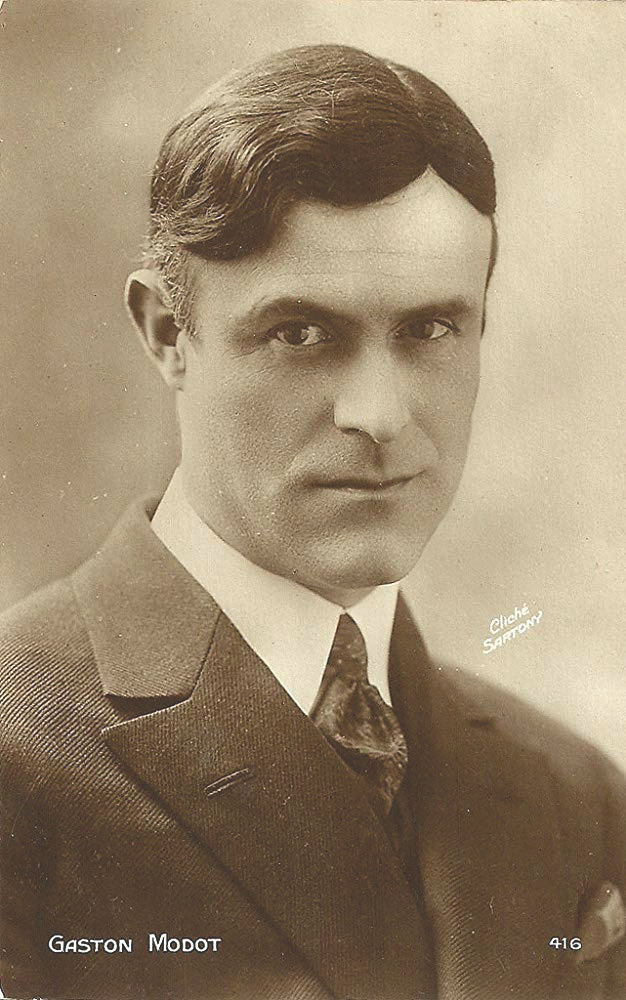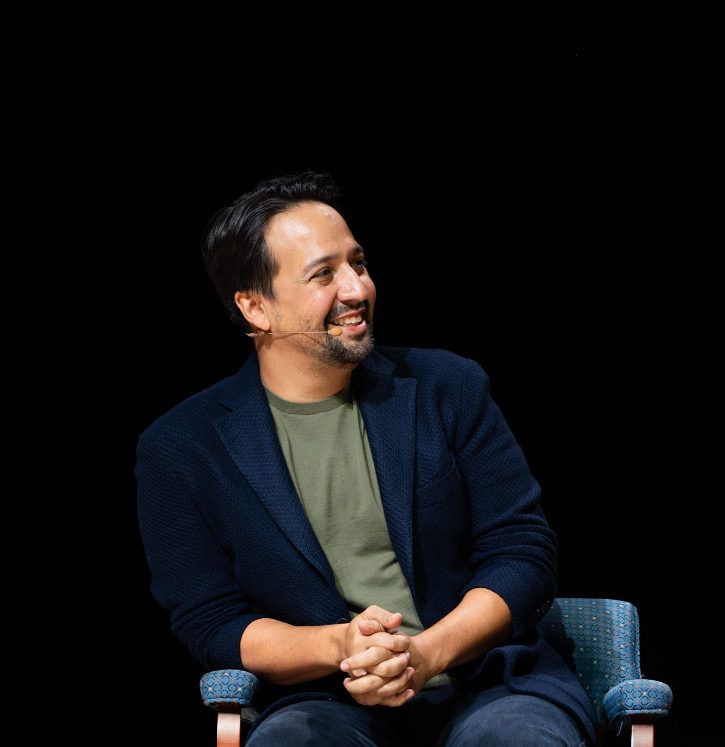
On Jan. 29, Graham Paull ’20 began the F.I.L.M. event in the Bradford Auditorium by explaining who Luis Buñuel was and why he made
L’Age d’Or
. Paull, a Cinema and Media Studies major who is studying Buñuel’s work for his thesis, stated that the director was a prominent figure in surrealism, making films to challenge audiences’ expectations that films should present reality. Buñuel intended to present stories to audiences that rejected the traditional film narrative, with
L’Age d’Or
being no exception.
Thus, with the help of fellow surrealist Salvador Dalí, the film contains wild imagery, narrative discontinuities, and unexplainable behavior from certain actors. In one particularly bizarre scene, the leading lady enters her room to find a giant cow on her bed. Instead of reacting in shock, the woman exasperatedly chases the cow out of her room and makes no move to explain what just happened. The cow does not appear again in the movie, nor does Buñuel ever provide any reason for its presence. Interestingly,
L’Age d’Or
also features discontinuities in sound, despite premiering in an era when sound films started to grow popular. At certain points in the film, no subtitles or words can be seen or heard when characters talk to each other, as if Buñuel is using surrealism to poke fun at the growing use of sound in films.
Paull explained that
L’Age d’Or
shows Buñuel’s desire to condemn the bourgeois. This appears most prominently in the film’s latter half, when some moderately wealthy characters hold a grand party in their mansion. The guests at this party appear entirely oblivious to the chaos that surrounds them. A horse-drawn carriage with drunken men at its helm passes the ballroom without comment, and a gentleman with bugs on his face talks to people around him who do not acknowledge the bugs. Though the guests do run to the windows when they hear a gunshot outside, they merely regard the tragic scene with mild disturbance and eventually settle back into their festivities. The bourgeois appear blissfully ignorant and uncaring of what happens around them, a disturbing habit that indicates what Buñuel thought about them.
Buñuel’s film also points out that although these guests regard themselves as socially superior, they act in depraved and unsophisticated sexual manners. When the protagonist passes an advertisement that shows an innocent hand, he begins fantasizing about a woman’s fingers to the point where he cannot walk properly, and his lover later fellates the toe of a distinguished marble statue to achieve sexual satisfaction. When the couple gets interrupted by the conductor of an orchestra, the woman runs over to the conductor, kisses him passionately, and abandons the man behind her.
L’Age d’Or
runs wild with Buñuel’s disgust at bourgeois behavior.
Despite the obvious surrealist references in
L’Age d’Or
, Paull emphasized that Buñuel also incorporated more recognizable symbols in the film. Instead of relying on enigmatic symbols from dreams, as he did in his previous film
Un Chien Andalou
, Buñuel uses public symbols that audiences can easily comprehend. Christianity inspires the most prominent symbolism in
L’Age d’Or
, with images of bishops, crosses, and even Jesus. However, these symbols do not receive honorable treatment. Bishops get thrown out of windows, crosses are lined with human scalps, and a Jesus-looking figure that started the 120 days of sodomy comes stumbling out of a dark castle.
According to Paull, Buñuel most likely chose to present public symbols as a way to arouse controversy.
L’Age d’Or
was meant to be contentious, and Buñuel certainly succeeded at inciting controversy, considering that in the 1930s, right-wing extremists had the film censored for fifty years because they would attack the cinema screen at theaters if it was not.
Although
L’Age d’Or
feels chaotic and inexplicable, it is not a forgettable film. Buñuel presents surrealist elements in full force while simultaneously providing intense commentary to spark long debates within his audiences.
L’Age d’Or
, quite simply, takes the passive movie-watching experience, throws it to the side, and demands the viewers’ engagement.

























